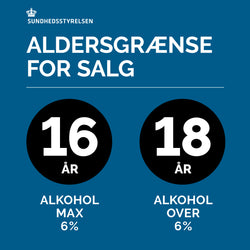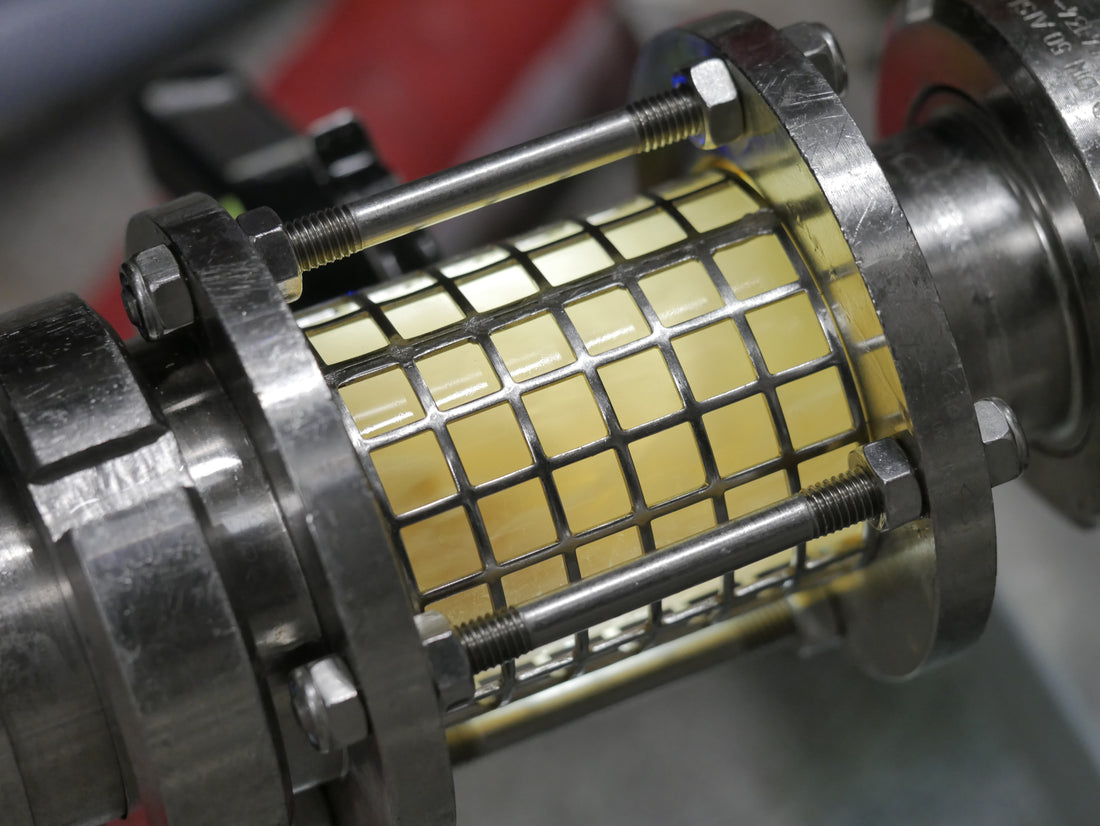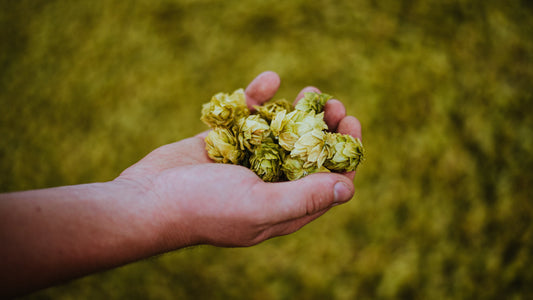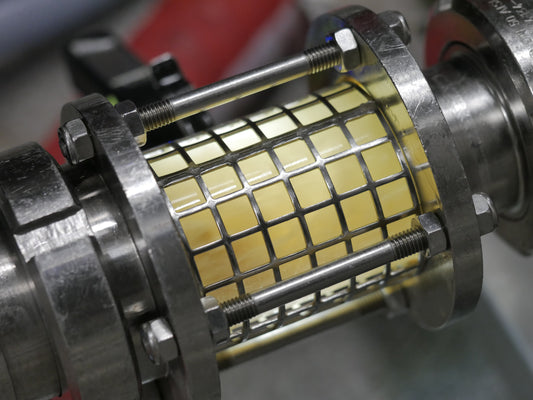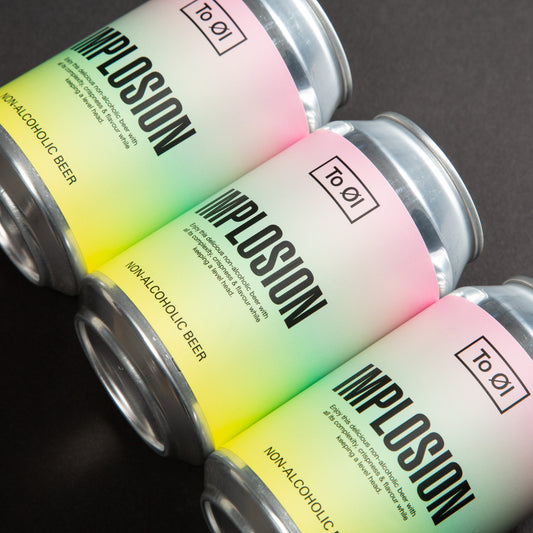Everybody knows about yeast. Microscopic creatures involved in the production of many goods: bread, cakes, different kinds of doughs, pizza and, obviously, beer.
As old as the beverage itself, the usage of this sugar fungus traces back hundreds of years, first from bakers and then from brewers, who started to use it to convert the cereal-derived sugars (so the sugars coming out from the malts) into ethanol and CO2, hence into alcohol and bubbles.

What makes beer yeast different from the others is its behaviour, as the strains we use at To Øl City have been trained for many years in labs, this makes them very efficient and, most importantly, predictive.
Now let’s get scientific 🔬 The two biggest family of yeasts are Saccharomyces cerevisae and Saccharomyces pastorianus. Since latin names are kinda difficult we are going to call them Top fermenting and Bottom fermenting yeast for now. As you may notice from their names, they are working in different ways. In fact, not only do they have different fermenting temperature points, but they are also meant for different styles of beer because of the flavour released.
Fun fact: Our 45 Days Lagers take this amount of time precisely because of the low temperatures at which the “Bottom” ferments. We put them in lagering tanks for a long conditioning time in order to achieve a super clean and crisp flavour!
Recently we’ve been asking our brewers more about the famous “yeast harvesting”. Interesting name, right?
Well, this kind of yeast related practice is a very sustainable way to optimise the production of beer. By basically recycling used yeast we can brew multiple beers of similar kinds. However, since, as we learned, the yeast is alive, it has a limited lifespan, so we always keep an eye on it. It’s always good and mandatory to check the viability and the health of it before the usage.
Harvesting is an incredibly healthy practice both for the brewing workflow and the planet, approaching what can be considered “no waste brewing”!
-To Øl
